Literature
We read among the finest selections of poetry, short stories, prose dramatic writings and excerpts from novels that are pertinent to how these authors described settings, display physical reality, and interpret the natural world of plants, animals, and micro-biota that we inhabit.
"Rowan Oak," Faulkner's home in Oxford, Mississippi.
The current week | Calendar | September | October | November | December
Our Lead Authors
Environment
Because all effects are cumulative the physical world of nature can be a challenging place and often writers have portrayed natural elements in their writing to convey a sense of challenges and responses that shape our shared human condition. Since environment is such a general word, to narrow the focus of this very broad term we will focus on the ecological and imaginary settings in so far as natural elements play a part in the story line, the narrative, the character development, or the plot of the few works we examine in some depth. Ecological literacy is encouraged, though not assumed as you read and then try to interpret these author's works, but vocabulary is crucial for you to use and demonstrate in your informal and formal writings.
Some of your formal writings will be to interpret the natural setting of the historically significant Mead Botanical Gardens.
See the Rollins Olin Library archives page for more about this historical relationship.
Magazines once informed the literate classes before the internet.
Mead Botanical Gardens provides and educational opportunity that is unsurpassed and is available to you for writing about the historical and ecological importance of these woodlands and wetlands near to our campus. On Friday's at noon we will meet in the Garden at the classroom – newly refurbished – there for environmental education purposes. On the calendar below the sign "}" next to Fridays means to meet in Mead Gardens after October 15.
Language use is a signature of literacy
Like all things humans have created the language we use is a compilation of words inherited from a vast array of sources. Vocabulary is a key element in the success of good writing and expressive writers use terms they read in their interpretations of literature. You will be asked to improve your vocabulary by understanding the origins of ideas and concepts behind the phrases we encounter in the readings.
Concept map of languages leading to contemporary English here: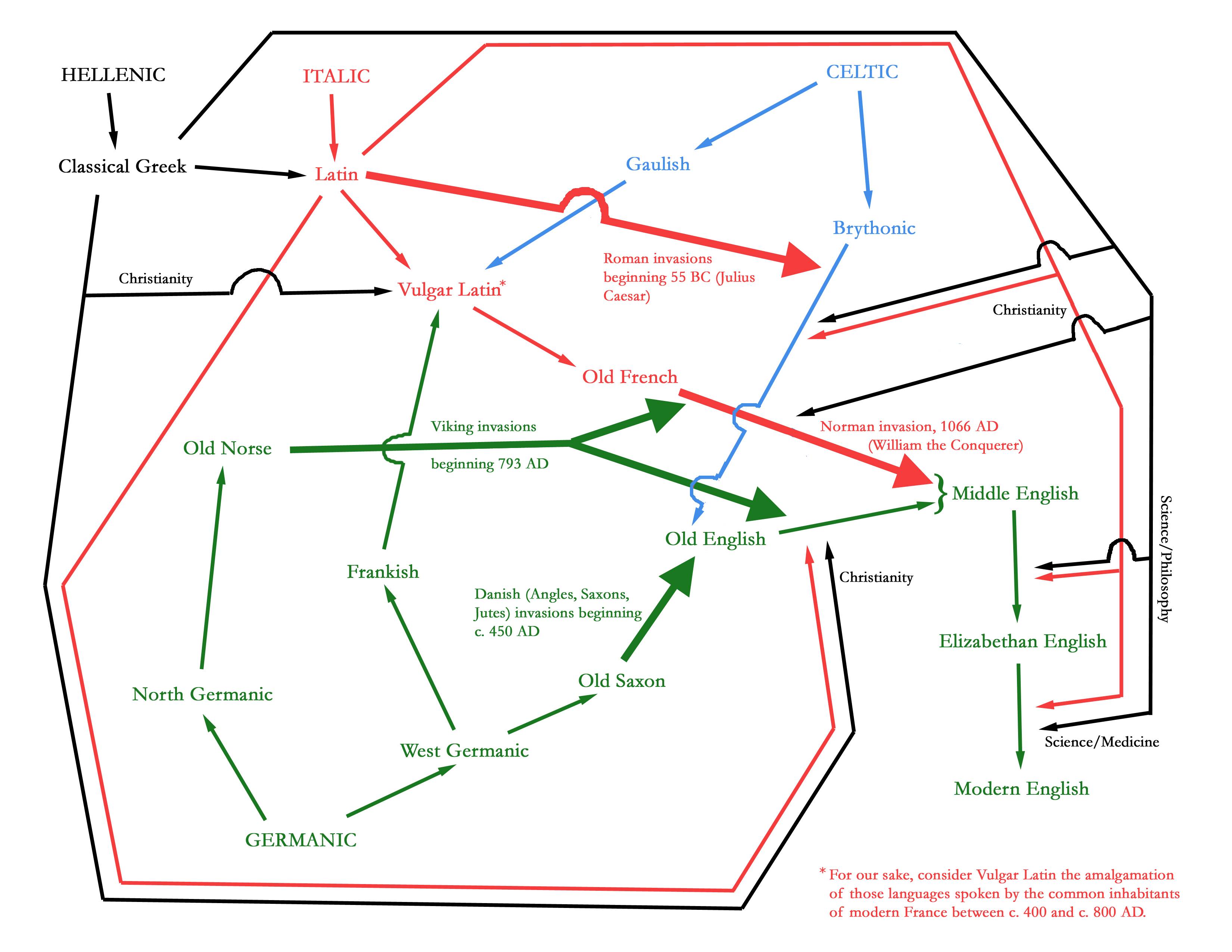
Environment and literature
Among the many writings we could read not all are descriptive of nature, but some authors have used nature to convey other arguments such as Mary Shelley in Frankenstein and Herman Melville in Moby Dick. We will focus on American and English literary works in an effort to reveal a complicated image of the natural world and the way humans influence nature and then also how nature influences human behavior.
A rain forest in southern Sri Lanka, Indian Ocean.
Environmental Literature arises from
a need to fuse the life sciences with the humanities and the expressive arts.
Clear cutting of a forest in Washington state along the Columbia River will make flooding more likely.
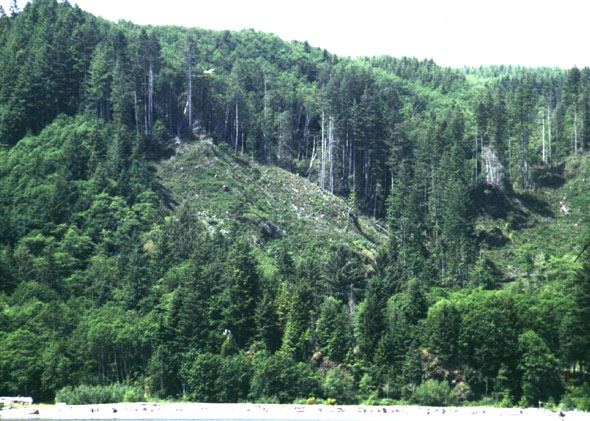 The scenic effects of clear cutting a forest in Washington State's Columbia River watershed.
The scenic effects of clear cutting a forest in Washington State's Columbia River watershed.
The use of the forest as a timber resource can add to stream pollution due to silt that accelerates the loss of oxygen in the stream because silt makes the river muddy and excessive run off that flushes more nutrients into the river at times of rain, or extreme weather events.
A theme | A thesis statement | The differences
![]()
Environmental literature
Is a specialty that requires some background in order to appreciate and explain in writing the critical way in which authors have portrayed something as vast, as contingent, and as baffling as people in the natural world. Since much of nature is hidden from our view, literature is presented as one significant means to open our minds, hearts, and hands the surrounding mystery that is the physically living world.
This mirage reveals as much as it hides on this desert island.
![]()
Prose, Poetry, Drama, and Short Stories form the bulk of our documentary material for you to read, interpret, express ideas about and write convincingly concerning in this class.
- Critically Think about the role of nature in literature,
- Listen attentively to one another,
- Interpretively inform one another,
- Formulate and express interpretations of the author's meanings,
- Sensitively summarize the stories and create your own meaningful narratives based on our authors together.
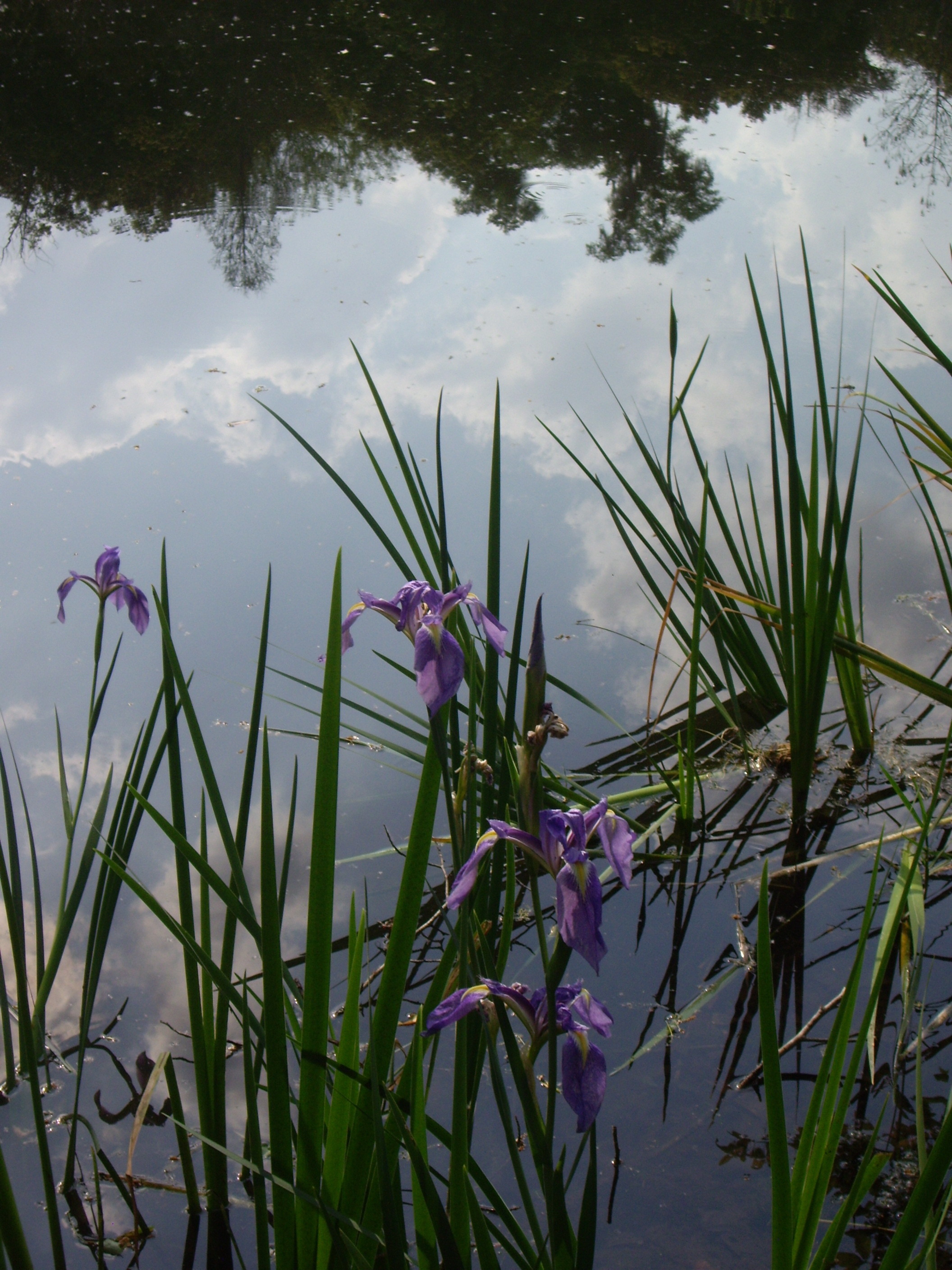
- Elizabeth Bishop
- Robert Frost
- Washington Irving
- William Cullen Bryant
- Henry David Thoreau
- W. E. B. DuBois
- Ernest Hemingway
- William Faulkner
- Joyce Carol Oates
- Mark Twain
- Tom Stoppard
- Terry Tempest Williams
- Susan Sontag, Regarding the Pain of Others, (2003).
- Willa Cather, Death Comes for the Archbishop, (1927).
- Zora Neale Hurston, Dust Tracks on a Road: An Autobiography, (1942).

• Literature on line
• The origins of words
• Classical literature on line [Project Gutenberg]
• The Thoreau Reader; complete works of Henry David Thoreau (index) on line
Alvan FIsher, A view of Nahant, Massachusetts. circa 1826-27.
![]()
Calendar
September | October | November | December
Weeks
meeting date assigned reading to discuss that day | work due
![]()
1,
August 24 First day
August 26 Who are we, you and me?
August 28 } Elizabeth Bishop and Robert Frost contrasted
2,
August 31 What is Environmental Literature?
September 2 See this site & Washington Irving's, Sleepy Hollow
September 4 } √ read your favorite passage from Irving to the class.
A theme | A thesis statement | The differences
3, Weekly focus is: √ How is death important to defining life: a dualism.
September 7 | Labor Day holiday, no class
September 9 • William Cullen Bryant, Thanatopsis
September 11 } √ Read Thanatopsis aloud in the woods
A theme | A thesis statement | The differences
4, Weekly focus is: √ Developing themes from dualism to a dialectical approach to defining what is literature.
September 14 • ![]() draft of interpretive writing about the Garden √
draft of interpretive writing about the Garden √
September 16 • William Faulkner, The Bear
September 18 } √ Read Faulkner aloud in the woods
A theme | A thesis statement | The differences
5, Weekly focus is: √ Compare Faulkner to Hemingway
September 21 • The Big Two Hearted River Ernest Hemingway
September 23 What is your class Wiki?
September 25 } • read your favorite passage from this to the class.
Homework: √ What is nature writing vs. interpretive prose?
draft of interpretive writing about comparing the use of nature and natural settings in and contrasting Faulkner & Hemingway use of narratives.
6, Weekly focus is: √ What is nature writing vs. interpretive prose?
September 28 • Writing about natural subjects: compare & contrast two or more extensive passages describing different settings.
"Expressing arguments for clarity: Writing to discover meaning . . ." handout to complete.
September 30 • Annie Dillard "Living like Weasels" compare and contrast with Joyce Carol Oates Against Nature
For Annie Dillard see: http://www.courses.vcu.edu/ENG200-lad/dillard.htm
October 2 } Interpret the essay of Joyce Carol Oates: Against Nature
Go to the Olin Library archival collection on Mead Gardens.
A theme | A thesis statement | The differences
September | October | November | December
7, Weekly focus is: √ rewriting your assignments.
October 5 • Joyce Carol Oates Against Nature writing of a draft essay due on the meaning of Oate's criticism of nature writers and our concepts of "natural elements" in literature
October 7 • interpret your passages from this to the class
October 9 Fall Break
A theme | A thesis statement | The differences
8, Interpreting the meaning of Joyce Carol Oates in terms of other writers.
October 12 Fall Break (Columbus Day)
October 14 The writer Oates vs. Dillard as myth maker, or reciter of facts?
October 16 } • Report on Oates & 3 writers: Irving, Hemingway & Faulkner, choose from author list – final revision of essay due 10-16.
A theme | A thesis statement | The differences
9, Weekly focus is: √ Compare and Contrast two more reknowned American writers.
See Blackboard™ Course Documents: "Comparing Two different 19th century American Writers"
October 19 • Mark Twain or Samuel Langhorne Clemens
".the first truly American writer, and all of us since are his heirs."
-- William Faulkner
"All modern American literature comes from one book by Mark Twain called "Huckleberry Finn." all American writing comes from that. There was nothing before. There has been nothing as good since."
-- Ernest Hemingway
read -- Letters from the Earth and write a summary of his main points to post to the Wiki and watch this video: Only known recording of Clemens in 1909, digitally restored.
“Letters from Earth” [1909] pp. 1-19. or see–>
http://www.online-literature.com/twain/letters-from-the-earth/2/
October 21 • interpret your passages from this to the class; for example listen to this audio recording of Clemen's Journals:
October 23 } A reading of a selected Thoreau work in the woods
Hal Holbrooke reciting Mark Twain's ideas about lies, his father, & slavery.
A theme | A thesis statement | The differences
10, Weekly focus is: √ How does freedom and concern for protecting nature go together?
October 26 • Terry T. Williams, The Open Space of Democracy
October 28 • interpret your passages from this to the class
October 30 } Report verbally and in writing
on what Thoreau, Williams, & Twain have in common.
A theme | A thesis statement | The differences
September | October | November | December
11, Weekly focus is: √ To what extent can humans alter natural, physical and biological conditions?
November 2 • Stoppard Arcadia
November 4 • interpret your passages from this play to the class
November 6 } √ read & interpret your passages from Stoppard.
A theme | A thesis statement | The differences
12, Weekly focus is: √ Does racial and ethnic difference influence attitudes about nature?
November 9 • W. E .B. Dubois, The Black Belt, or Philadelphia
November 11 • interpret your passages from this to the class: draft of your essay is due on or before 17 November.
November 13 } √ Can the garden teach us about racial identity?
A theme | A thesis statement | The differences
13, Weekly focus is: √ Can we describe nature, without distorting what we value from our ecological perspectives?
November 16 • Zora Neale Hurston on Eatonville, Florida in
selections from Dust Tracks on a Road.
November 18 •Meet in the Cornell Fine Arts Museum, CFAM – on campus for a workshop {bring your pencils} about the Expressive Arts & the art of contrasts.
interpret your passages from Hurston to the class.
November 20 } √ What does the garden teach us about America?
interpret your passages from Hurston or Du Bois to the class.
A theme | A thesis statement | The differences
14, Weekly focus is: √ Does the ecology of a place affect our appreciation for and effectiveness when writing about nature?
November 23 • Willa Cather, Death Comes for the Archbishop
The American Southwest:
Do interpret assigned passages from this to the class.
A theme | A thesis statement | The differences
Thanksgiving break
November 30 • Essay on a theme from three or more authors due
![]() Drafts submitted
Drafts submitted
September | October | November | December
15. Weekly focus is: √ Creating effective verbal presentations when describing your writing about nature or authors who describe natural circumstances?
December 2 • Verbally Report on your written drafts about expressing yourself concerning nature in an ecologically literate manner.
December 4 } The last Garden visit
A theme | A thesis statement | The differences
Final Exam: Monday, December 7 @ 2–4 p.m. Present all verbal reports; A rehearsed "On a well defined theme"
![]()
Reports, verbally present a detailed description of a specific or assigned author of your choice. Inform the class about what the author means, how the author expresses their vision, and where these ideas connect with other authors works. These are thematic reports accompanied by visual materials (photographs or paintings).
An Essay, Written Report on three writer's works of your choice from: list due 10-14, based on Joyce Carol Oates' criticism.
A final paper, A written theme -- based n the writings of five to seven authors. Due in draft form 11-11-15 and revised for a final submittal on 11-30-15.
A theme | A thesis statement | The differences
![]()
Sources:
"Living Like Weasels" by Annie Dillarda selsection from Pilgrim at Tinker Creek. Explained.
see: http://www.courses.vcu.edu/ENG200-lad/dillard.htm
When the Killing's Done, by T. C. Boyle
Contrary ways to think about education as a process of reconnecting:
What is this method of Rudolph Steiner?
![]()

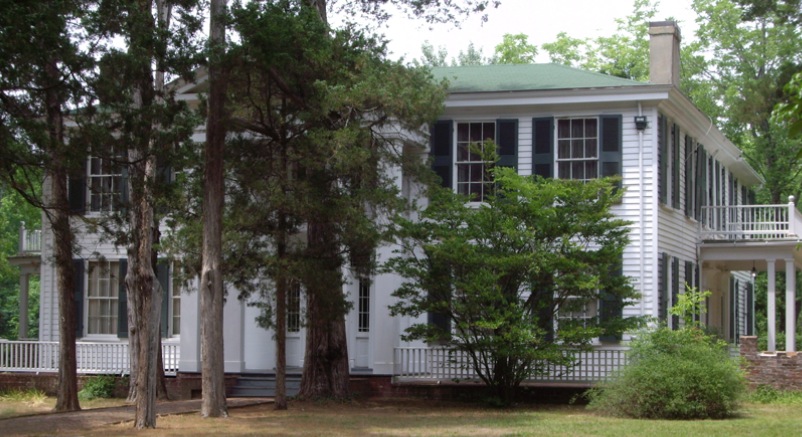
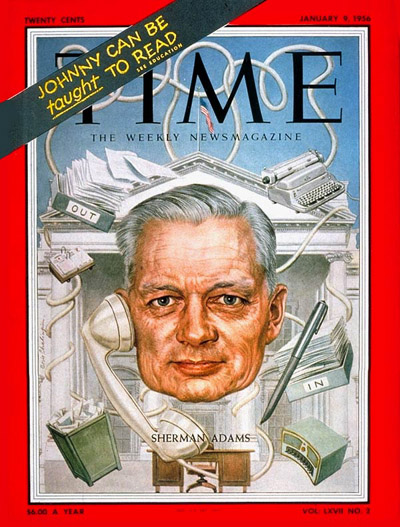
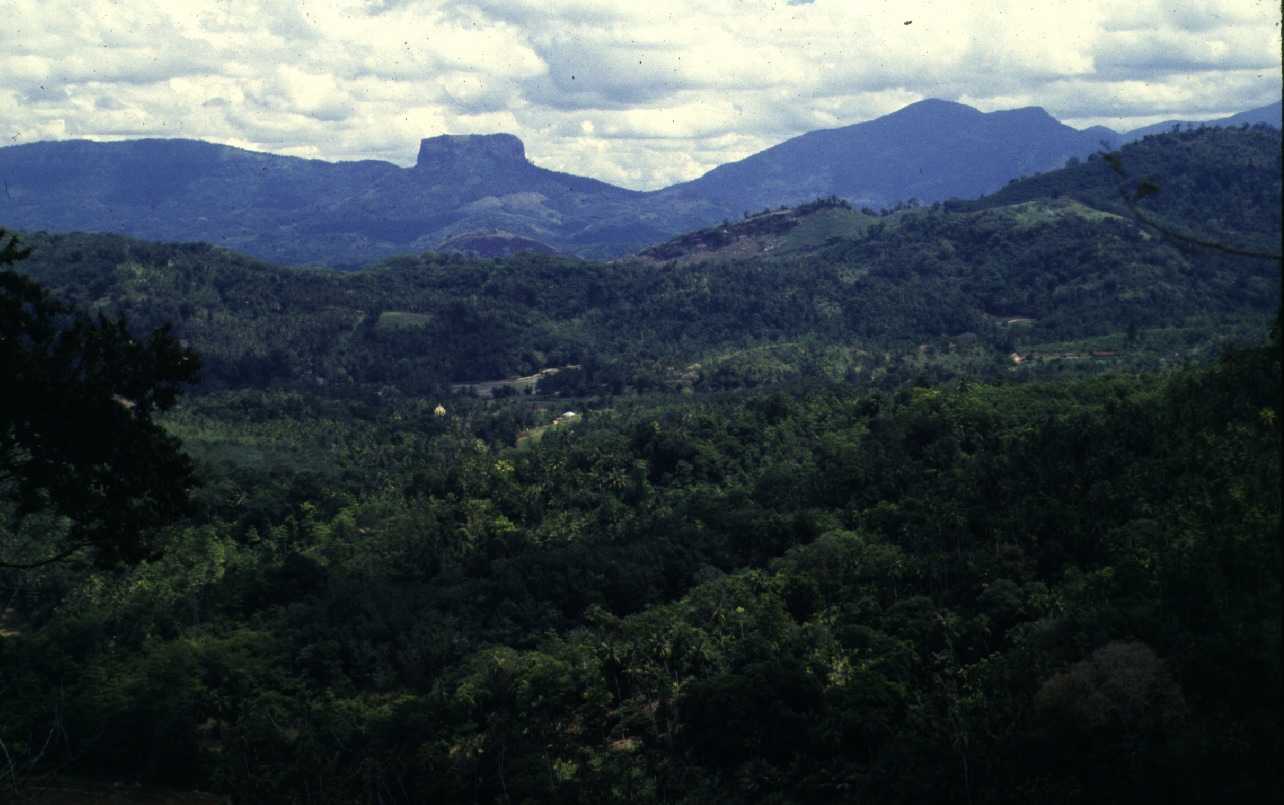
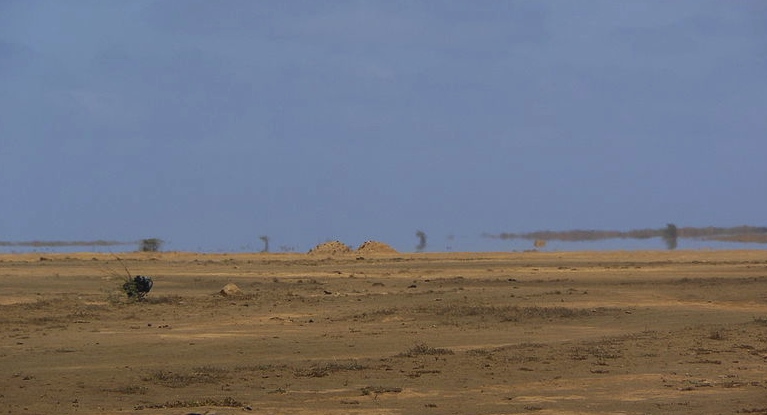
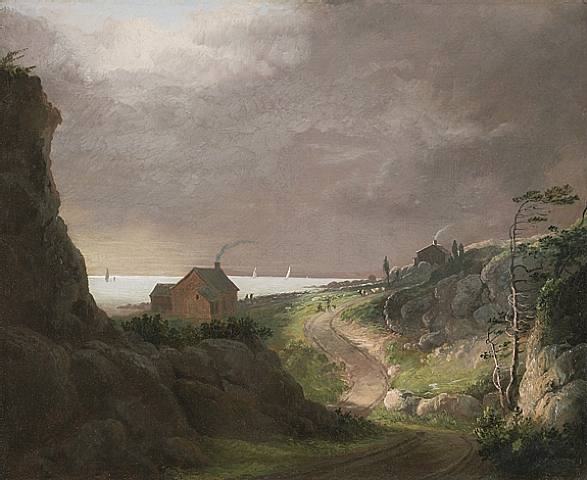
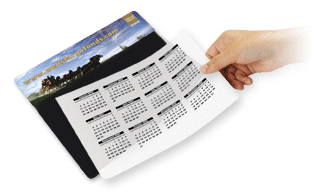
 All you need to pass the course is to be able to read, express yourself on the subjects we read, read passages that move you aloud to the class, and write frequently.
All you need to pass the course is to be able to read, express yourself on the subjects we read, read passages that move you aloud to the class, and write frequently. 